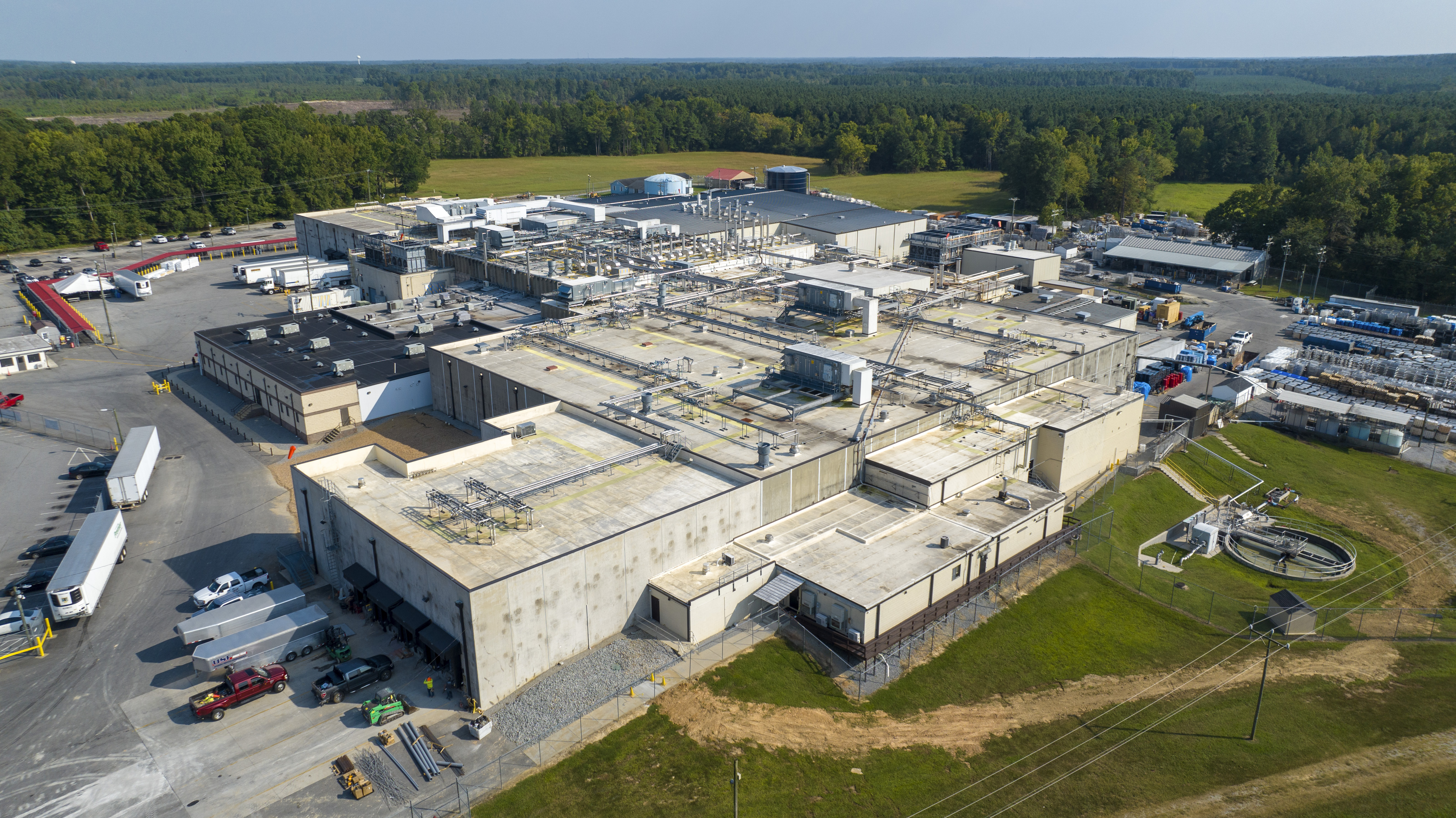CAPE CANAVERAL, Fla. (WFLA) — The most powerful rocket in the world, dubbed the mega moon rocket by NASA, was unveiled for the first time on Thursday at Kennedy Space Center in Florida.
The Space Launch System (SLS) rocket and Orion spacecraft, which will be used in the upcoming Artemis I lunar mission, started rolling out of the Vehicle Assembly Building (VAB) at Kennedy just before 6 p.m. ET Thursday. The four-mile trip from the VAB to Launch Pad 39B was expected to take between six to 12 hours.
The SLS rocket that will take us back to the moon for the first time in 50 years stands at 322 feet tall. It can take humans at least a thousand times farther than the space shuttle was able to and, according to NASA, is the only rocket that can send the Orion spacecraft, astronauts and cargo directly to the moon all in a single mission.
Both SLS and the Orion spacecraft were designed for deep space exploration, well beyond Earth’s orbit. The last time humans were launched that deep into space, it was on the Saturn V rocket. SLS is 15% more powerful than Saturn V.
Once the SLS rocket and spacecraft arrive at the launch pad, they will undergo heavy inspections to prepare for the main goal, which is to perform a “wet dress rehearsal.” The SLS rocket will be fully loaded with rocket fuel during a simulated countdown to launch. The countdown will test the integrated parts of the fully-assembled SLS rocket and Orion spacecraft.
The countdown will proceed up until T-10 seconds. That rehearsal is scheduled for April 1. After that, the rocket will roll back to the VAB while crews analyze the results of the tests and work any problems that may arise before the highly-anticipated launch to the moon with the Artemis program.
The first mission, Artemis I, will be an uncrewed mission that will launch the SLS rocket and Orion spacecraft into orbit. It will be the first flight test of the spacecraft and rocket.
“This is a mission that truly will do what hasn’t been done and learn what isn’t known,” Artemis I Mission Manager Mike Sarafin said. “It will blaze a trail that people will follow on the next Orion flight, pushing the edges of the envelope to prepare for that mission.”
Artemis I will lift off from Kennedy Space Center in Florida. It doesn’t have an official launch date yet but NASA is taking a major step toward that later this month, and is hoping to launch Artemis 1 in June. It could be later than that, however, depending on the results of the wet dress rehearsal.


















































































































